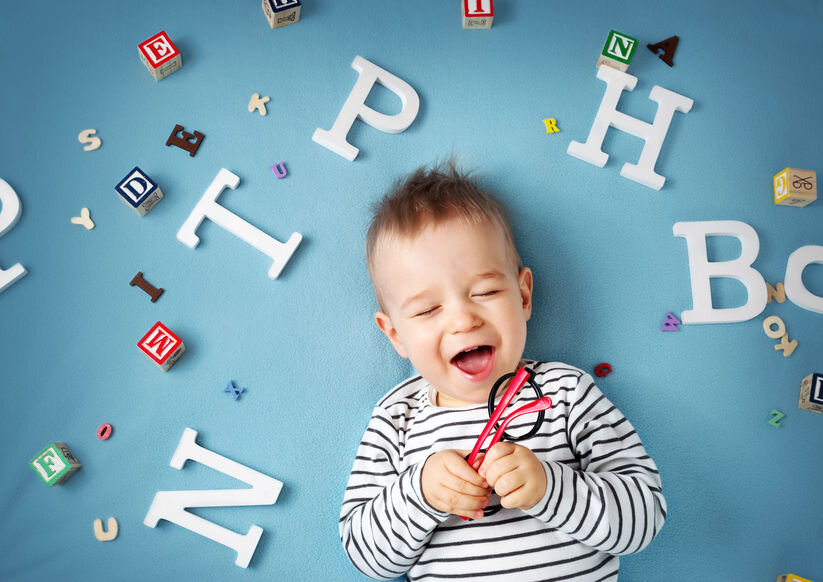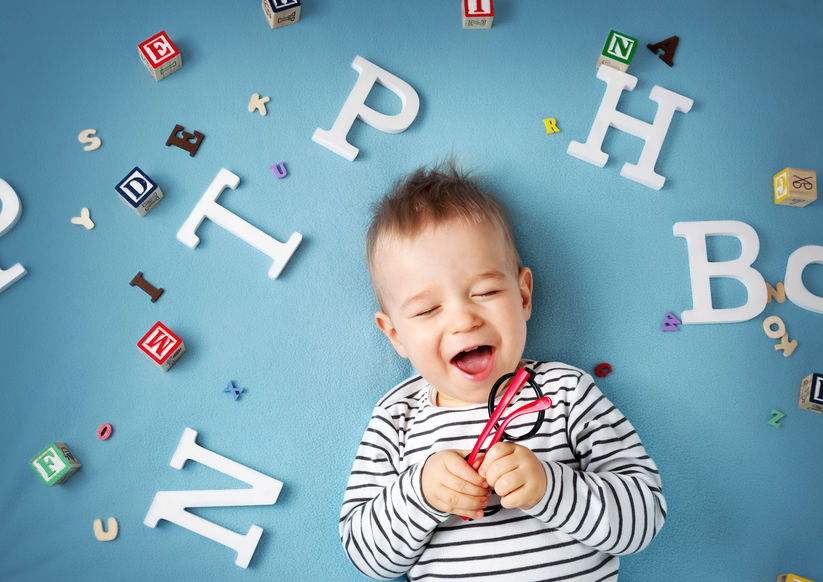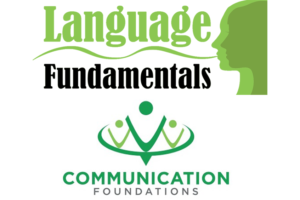
How can I tell if my child has a speech/language delay?
While speech and language development can vary from child to child, there is a certain progression of skills that typically developing kids follow. The American Speech-Language-Hearing Association (ASHA) has complied developmental norms for children of different ages (birth to five). Please keep in mind that these milestones are a guide; missing one or two skills in a given age range does not necessarily indicate a communication disorder. If you have concerns about your child’s communication development, contact a licensed and certified speech-language pathologist.
Are developmental milestones the same for children born prematurely?
If your baby was born prematurely, he/she may need more time to reach his/her milestones. The age at which your baby is expected to reach various milestones is based on his/her due date, not birth date. So use your baby’s adjusted age when looking at his/her milestones. For example, if your baby was born two months early, he/she will most likely achieve milestones two months later than the guidelines below predict.
My child has a history of ear infections. Could this affect his/her language development?
While there is no direct causal link between chronic ear infections and speech/language delay, children are generally thought to be more at risk for developing communication impairments with this medical history and should be closely monitored. We recommend following up with an ENT if your child continues to suffer from ear infections.
What can I do at home to help my child’s speech-language development?
Generally speaking, understanding your child’s current communication level (preverbal, single word communicator, phrase or sentence level communicator, etc.) is very important in terms of what to model at home. Try not to overuse questions to get your young child to talk, but rather model comments about events as they are unfolding. Try to avoid rapid and lengthy speaking turns, and encourage turn-taking. Praise your child’s efforts to communicate using all possible means: gestures, pointing, gaze, and verbal attempts.
Have a look on our resource page for a more comprehensive packet on activities and strategies you can use on a daily basis to encourage your child’s language development.
About the author: Nicole Calderin, CCC-SLP is the Early Intervention Program Director at SLP Communication Foundations, a division of Language Fundamentals. SLP Communication Foundations employs over 20 SLPs providing Early Intervention Speech Therapy Services across the State of New York.



